10 Dos and Don’ts of Translating Market Research
CLEAR WORDS
TRANSLATIONS
All News
May 28, 2020 |
10 Dos and Don’ts of Translating Market Research
International market research is vital to global companies in all industries, as it dictates growth strategies and influences decision-making processes. Translating marketing research helps businesses in many ways, from understanding what clients expect to competitive analysis, and enabling educated business decisions.
Questioning multilingual consumers comes with multiple challenges and requires high language proficiency. Any mistakes and misunderstandings can have a significant impact on a company’s evolution in local and global markets, so accuracy is essential in this translation niche.
To help you understand the complexity of this translation service, we put together a list of dos and don’ts when translating market research.
The Dos of Translating Marketing Research
Let’s start with what you should do to make sure that you create the premise for obtaining accurate data from every local market you’re interested in.
1. Work with Native Speakers
When you hire a language service provider to help you translate surveys, questions, and instructions, ask them to work with native speakers. This way, questionnaires will sound natural, and respondents will feel more comfortable when answering.
Ideally, the native translators should live in the regions where you conduct the research. This geographical position will give them a better understanding of the respondents, so they know how people speak and can use this knowledge to make questions more accessible.
2. Give Translators Context
Context is essential to ensure accuracy in the translation of both questions and answers during market research. The language service provider should have all the background information necessary to understand the scope of your research and its purposes.
It’s essential for translators to know what kind of information you expect to receive from respondents to be able to ask the right question in the target language. At the same time, the linguists who translate the answers should have access to the complete conversation to select the correct meaning behind every statement.
3. Rethink Target Participants
Differences in population structure mean you’ll need to create new classes of participants for your study. You want to rethink the categories of people you target, their number, and the ways to contact them.
Depending on the region where you conduct the survey, you may be required to adapt the research methods to include phone interviews or face-to-face conversations, besides online questionnaires.
4. Avoid Leading Questions
Make sure that, when translating, you don’t end with a survey full of leading questions. These can guide respondents toward specific answers and, therefore, reduce the efficiency of your study.
Leading questions often generate confusion and put people in the situation of answering differently than they would in normal circumstances. You risk altering the results of your research and getting an inaccurate image of the local market, with negative long-term consequences on your company’s positioning.
5. Test Research Methods
You want to make sure all respondents can understand the instructions and questions before going live. So, test your questionnaire on a sample to avoid putting thousands of people in front of inexact messages and ambiguous questions that are poorly translated.
It may add extra billing hours, but it can save you more resources in the long run and ensure more accurate results at the same time.
The Don’ts in Market Research Translation
Here are the things that you should avoid when using market research translation services.
1. Stop at Word-to-Word Translation
When translating market research documentation, linguists work with surveys, several types of questions, videos, interactive content, instructions, and stimuli. The translation process needs to go beyond terminology and grammatical rules.
Details like the tone of voice and idiomatic expressions are essential for the success of the project. Translators localize the materials to comply with social norms and give the respondents the right context to understand the questions.
2. Ignore Cultural Insights
Without cultural insights, researchers can’t ask the right questions or analyze the answers from a qualitative point of view. They streamline communication between your team and the respondents, making it easier for you to have an accurate representation of the local market.
Moreover, by integrating cultural nuances into the research, you’re more likely to create an emotional connection with the respondents and ensure they give relevant answers for your analysis.
3. Minimize Importance of Data Security
Compliance with data security rules builds trust among your local audience and reduces the risk of issues with local authorities. Often, questionnaires contain sensitive data, so it’s essential that you avoid breaches.
When contracting a language service provider, you shouldn’t minimize the importance of protecting the results of your research and the respondents’ data at the same time. Ideally, you’ll work with translation agencies that can guarantee data security during the translation process to protect your business and the people who participate in the surveys.
4. Set Tight Deadlines
Product launches, new marketing strategies, and development depend on the results of the study, so rushing things may seem like the right thing to do. However, putting together documentation for multilingual market research requires time and patience.
If you skip phases and hurry translators, you risk missing out important data and changing the results of the analysis. This could lead to a false confidence that pushes you in the wrong direction.
5. Skip Proofreading
Before sharing the results of the study with stakeholders and senior management, make sure you have the content checked and proofread by the research team. This way, you make sure that the analysts make their predictions based on accurate data. It will also look a lot more professional.
Translating market research is a challenging niche. Concepts that don’t have equivalents in all languages, brand perceptions that vary with every region, local social norms that define communication, and many other elements influence the translation and localization process. Errors can happen all the time, so it’s wise to double-check before making a document public that can change the evolution of your company.
Final Thoughts
Multilingual market research involves a double translation. First, you need to translate the instructions and surveys that allow you to investigate local markets. Then, once you gather the data from local respondents, you need to translate it to make it available to analysts, marketers, and other stakeholders.
The process doubles the chances of losing information and making translation errors. In this niche, working with professional language service providers is essential for the success of your business strategy.










